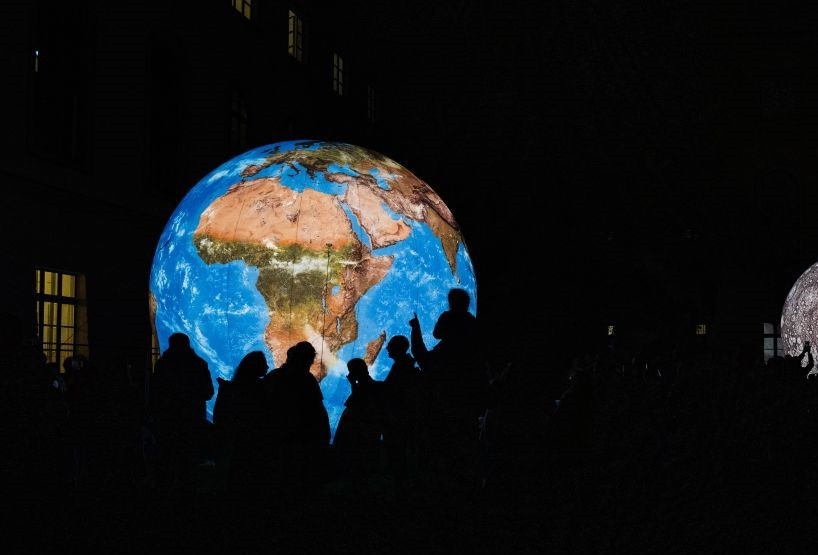
The most recent studies are pinpointing the "danger zones" for climate change, where people may be exposed to extreme weather conditions.
'Danger Zones' and Extreme Weather Events
Two recent researches dove into the 'danger zones' on Earth that were climate change-induced.
These 'danger zones' are often bombarded by extreme weather events, such as heatwaves, droughts, thunderstorms, and many others.
The first study tackles the possibility of hotspots for interlinked extreme weather events. Meanwhile, the second study identified nine safe spaces, however, six of these have already been crossed out, leaving humanity with the remaining three spaces.
Study 1: Teleconnections
Extreme weather events, like wildfires and floods, are interconnected according to a recent study. A climate analysis map identifies hotspots prone to these 'linked' events. 'Teleconnections,' explained by Jingfang Fan of Beijing Normal University and the Potsdam Institute for Climate Impact Research in his paper, illustrate a global domino effect.
Vast 'Rossby waves' in the ocean link events across vast distances. Fan states that these teleconnections describe how the climate in one place affects weather thousands of miles away. He warns of rising temperatures within five years, resembling scientists' concerns about our planet's fever.
Understanding these 'interlinked' events is still a challenge. Beijing Normal University researchers propose a climate network analysis method to unveil the connections. Climate networks act as maps, using daily surface air temperature data to identify sensitive regions and recurring patterns.
Rossby Waves
Fan's research detected climate patterns driven by atmospheric Rossby waves, impacting regions like southeastern Australia and South Africa. Interconnections have strengthened since 1948, possibly due to climate change and human activities, especially in the Southern Hemisphere over the past 37 years.
Forecasting on Steroids
The researchers aim to use this knowledge for future risk assessment and strategy development. Fan likened the next steps to advanced weather forecasting, exploring the causes and connections between climate 'tipping points' to predict climate events.
A 2021 UN climate report predicted an increased frequency of once rare events like heat waves and wildfires due to climate change, with potential 'tipping point' events, such as Antarctic ice sheet melt, not being ruled out. Dr. Robert Rohde of Berkeley Earth noted that previously rare occurrences, like heat extremes, now happen more frequently, and droughts are increasing in frequency, occurring every five or six years instead of once a decade.
Study 2: Safe Operating Spaces
Another recent scientific study reveals that the Earth faces growing peril, with only three of nine key health markers within safe limits. Six boundaries defining humanity's safe operating space have been breached, intensifying pressure on them. Johan Rockström, co-author of the paper from the Potsdam Institute for Climate Impact Research, clarifies that it doesn't guarantee an irreversible collapse, but it erodes the Earth's resilience.
Human-made greenhouse gas emissions drive climate change, affecting the planet. Understanding the intricate interactions between various indicators, climate, and ecosystems requires sophisticated models. The "planetary boundaries" framework, initiated in 2009, is being updated, emphasizing the urgency of addressing these challenges to ensure a sustainable future.
Last Three Boundaries
In a significant scientific breakthrough, the first comprehensive planetary health check quantifies all nine boundaries. Disturbingly, boundaries for freshwater availability and land system changes like deforestation, biodiversity, and carbon dioxide concentrations have been exceeded. The planet remains safe in just three areas: stratospheric ozone depletion, atmospheric aerosol loading, and ocean acidification, which is headed in the wrong direction.
However, hope lies in global commitments, as the Montreal Protocol successfully reversed ozone depletion. Yet, caution is advised by experts in mitigating greenhouse gas emissions, as solutions like replacing fossil fuels with biomass must not deplete forests. Respecting biomass boundaries is crucial in addressing the intertwined challenges of climate and life on the planet.
© 2025 NatureWorldNews.com All rights reserved. Do not reproduce without permission.





